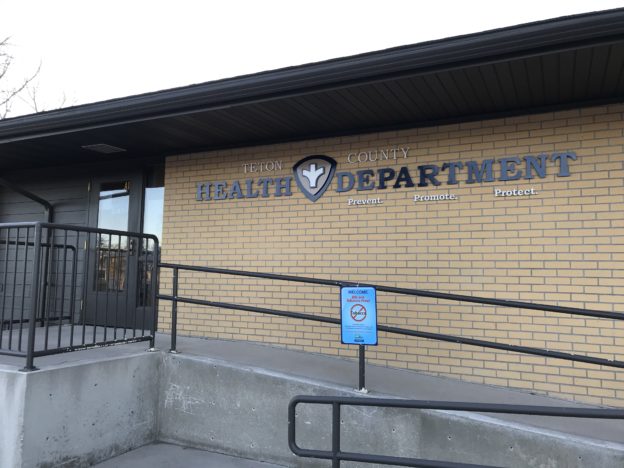Public Gatherings and Events
According to Gonvernor Gianforte’s Directive on 2/12/21:
Any public gatherings or events should be managed in a way that accommodates the Center for Disease Control and Prevention (CDC) social distancing guidelines.
- Read the CDC’s Guidance for Events and Gatherings here.
- Teton County has a template that you can use to plan your event or gathering. If you are seeking feedback on your plan, email the completed template to health@tetonmt.org or fax it to 406-466-5292.
Businesses
According to Gonvernor Gianforte’s Directive on 2/12/21:
Businesses face diverse challenges in this emergency and need flexibility to serve their customers in a healthful environment. Therefore, businesses should make reasonable efforts to develop and implement appropriate policies based on industry best practices during this emergency. Where no such industry practices exist, such policies should be developed and implemented in accordance with federal, state, and local regulations and guidance regarding:
- Masking;
- Social distancing;
- Temperature checks and/or symptom screening;
- Testing, isolating, and contact tracing, in collaboration with public health authorities;
- Sanitation;
- Use of disinfection of common and high-traffic areas;
- Teleworking.
Top 10 Tips to Protect Employees’ Health
Healthy employees are crucial to your business. Here are 10 ways to help them stay healthy.
- Actively encourage sick employees to stay home. Develop policies that encourage sick employees to stay at home without fear of reprisals, and ensure employees are aware of these policies.
- Have conversations with employees about their concerns. Some employees may be at higher risk for severe illness, such as older adults and those with chronic medical conditions.
- Develop other flexible policies for scheduling and telework (if feasible) and create leave policies to allow employees to stay home to care for sick family members or care for children if schools and childcare close.
- Talk with companies that provide your business with contract or temporary employees about their plans. Discuss the importance of sick employees staying home and encourage them to develop non-punitive “emergency sick leave” policies.
- Promote etiquette for coughing and sneezing and handwashing. Provide tissues, no-touch trash cans, soap and water, and hand sanitizer with at least 60% alcohol.
- Plan to implement practices to minimize face-to-face contact between employees if social distancing is recommended by your state or local health department. Actively encourage flexible work arrangements such as teleworking or staggered shifts.
- Perform routine environmental cleaning. Routinely clean and disinfect all frequently touched surfaces, such as workstations, countertops, handrails, and doorknobs. Discourage sharing of tools and equipment, if feasible.
- Consider the need for travel and explore alternatives. Check CDC’s Travelers’ Health for the latest guidance and recommendations. Consider using teleconferencing and video conferencing for meetings, when possible.
- Provide education and training materials in an easy to understand format and in the appropriate language and literacy level for all employees, like fact sheets and posters.
- If an employee becomes sick while at work, they should be separated from other employees, customers, and visitors and sent home immediately. Follow CDC guidelines for cleaning and disinfecting areas the sick employee visited.


